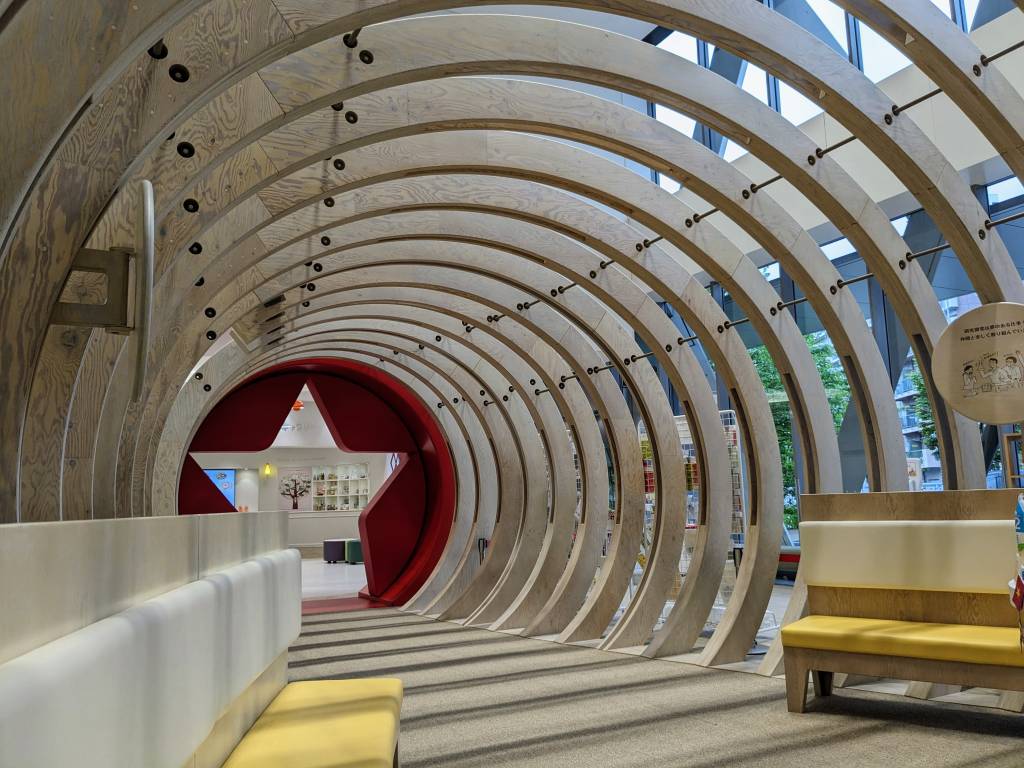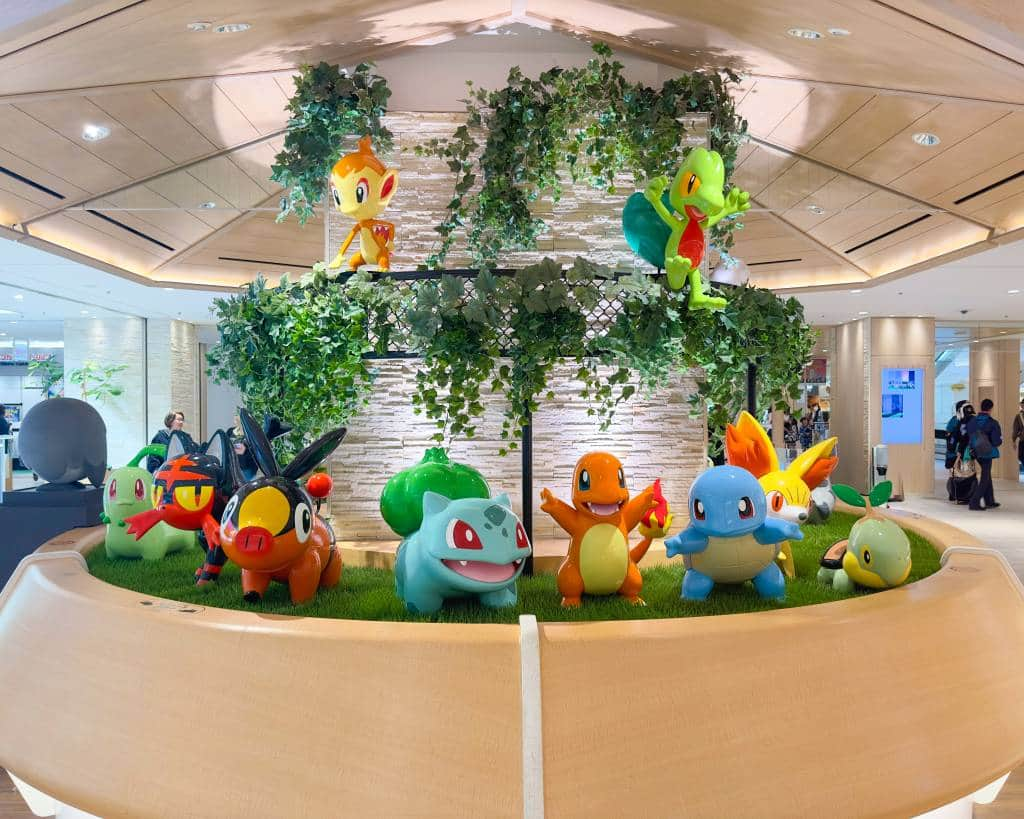You’ve probably seen headlines about “overtourism” in Japan doing the rounds online. It’s a sentiment that’s been gaining traction in the media, with some outlets drawing comparisons to famously crowded travel hot spots like Barcelona, Venice, and Bali.
What is overtourism exactly, though, and is overtourism really a thing in Japan? Is the situation as dire as some reports might have you believe? Let’s take a look at the facts.

Overtourism in Japan: The basics
Basically, since Japan reopened its borders in late 2022, international tourism to the country has rapidly exceeded pre-pandemic levels. In 2019, the country welcomed 31.9 million visitors. Since then, wanderlust and the weak yen have increased Japan’s popularity as a coveted and viable destination. So much so that tourist numbers reached 36.87 million in 2024. The vast majority of these visitors, though, are heading to what’s known as the “Golden Route” destinations, particularly Tokyo, Kyoto, Nagoya, and Osaka — just 4 of the country’s 47 prefectures.
Perhaps due in part to “TikTok tourism”, many visitors are on a quest to snap the most socials-worthy locations like Sensō-ji in Tokyo, Kiyomizu-dera in Kyoto, and of course Mt. Fuji. This has spawned much-circulated images of crammed streets, and stories like the infamous Mt. Fuji convenience store debacle. The tourism dollar has become a priority for the national government, though, and with the goal to welcome 60 million annual tourists by 2030, some are raising questions about sustainability.
What is overtourism?
Broadly, overtourism comes down to the negative impact of unsustainable tourism on local communities. Sustainability is a key part of the equation, and with only a couple of years of data to work with, it’s hard to point to an objective level of long-term unsustainability. What we can point to, though, is what the current numbers look like in context, what the local communities are saying, and what the officials are doing to manage sustainability.

The numbers
Firstly, the numbers. Currently, Japan has a population of around 124 million, so the recent figure of 36.87 million foreign tourists accounts for around 0.29 foreign tourists per resident. Another way to look at it is an average of 3 million tourists per month. As The Japan Times pointed out in 2024, when compared to other popular tourist destinations, that figure is pretty unalarming. Particularly in a country where the population has declined by around 4 million since 2010.
When the majority of people are hitting up the same handful of areas in droves, though, it’s easy to conflate images of crowded tourist destinations with a national overtourism issue. In recent years, stays in the three big cities of Tokyo, Osaka, and Nagoya have accounted for around 70% of stays in the nation; similarly, around 70% of tourism dollars are spent in the same three cities. Despite this, even in central Tokyo, it’s easy to find quiet streets mere blocks away from the typical social media hot spots. As The Japan Times suggests, it’s arguably more of a case of under-dispersion than overtourism, but that’s already beginning to change.
Sustainable tourism initiatives
To date, the Japan Tourism Agency (JTA) has designated 20 pioneer model tourism destinations and 51 general areas to divert travelers from major cities. These measures have already started to bear fruit, with regional areas reporting a significant increase in the number of foreign overnight stays. Sustainability is a big part of the focus, and the JTA is asking regions to implement the Japan Version of Sustainable Tourism Guidelines, which centers on socioeconomic, cultural, and environmental sustainability and sustainable management principles.

Repeat business is key to success in any industry, and the Japanese government is taking its 2030 tourism goal seriously. 15.82 billion yen was allocated for tourism-related measures in the fiscal 2024 supplementary budget, making up 15% of the budget’s total. These funds account for not just beefing up local infrastructure like public transport, but also factors relating to sustainable tourism like “etiquette enforcement,” demand management, and dispersion.
On top of that, collaboration with local residents is a key priority. The JTA has asked regions to define their ideal vision for sustainable tourism, and implement practical measures to balance visitor acceptance with residents’ quality of life. This approach has already resulted in some interesting initiatives, such as hands-free tourism in Kyoto to free up space on public transport, digital map-based visitor dispersion in Hakone, entry restrictions on the remote Iriomote Island, and eco-friendly transport in Aso. On top of this, measures like accommodation taxes and fee hikes in Kyoto and on Mt. Fuji have been put in place to try and avoid the economic and environmental repercussions seen in other parts of the world.

Public opinion
A big factor in overtourism is the impact on the quality of life for local residents. So what are the locals saying? A recent survey suggests that, while concerns regarding overtourism do exist, overall, the current opinion regarding tourism is actually favorable. The survey conducted by the Asahi Shimbun asked whether readers thought the all-time-high foreign visitor numbers were a good thing. Of the 1,103 respondents, 68% said that they thought it was good, with only 21% responding negatively.
Japan’s 36 million visitors last year stimulated the economy to the tune of 8 trillion yen (about 52 billion USD), with tourism being the country’s second major earner. The government aims to almost double that in the next five years — making it a key aspect of the country’s regional revitalization and economic growth plans. This target seems to suggest that the government believes there is still a lot of scope for further sustainable growth in the tourism industry.

Will my trip to Japan be affected by overcrowding?
It really depends. Ultimately, there are big crowds in parts of the country at the moment, but there’s lots you can do to avoid them. Osaka and Kyoto are huge prefectures, and you can break up your trip by visiting places like Minamikawachi in southern Osaka or Amanohashidate in northern Kyoto. You could also do a shukubo temple stay in nearby Wakayama or head further out to Tottori or Shimane. Similarly, near Tokyo inviting escapes like Nagatoro and Gunma make for a great overnight stay.
As an alternative to the Golden Route locations along the Tōkaidō Shinkansen, you could explore the Tōhoku or Hokuriku Shinkansen routes. If you’re still keen on heading to the hot spots in Tokyo, Kyoto, and Osaka cities, consider heading earlier in the morning or later in the afternoon. Places like Fushimi Inari shrine in Kyoto are open 24/7. It’s possible to avoid the crowds with a little research and planning.
Outlook on overtourism in Japan
Rather than short-term growth, long-term sustainability has long been a policy of the Japanese government. So far, the long-term economic and environmental issues that have defined overtourism in other parts of the world are arguably yet to present themselves in Japan, and many of the issues that have made headlines are localized to a small handful of tourist areas. From those alone, it’s hard to argue that Japan is collapsing under the weight of overtourism.
With tourism playing such an important role in ongoing regional revitalization efforts, the current priority for the government is to continue to educate visitors on the appeal of the country outside of the Golden Route. Repeat visitors to Japan now outnumber first-time visitors, and many are expressing a desire to visit regional areas, meaning future waves of tourists are likely to spread tourism dollars further afield. With a ton of socials-worthy locations all around the country, budding influencers have plenty of spots left to explore.
Sources
Here’s where we collected our data:
While we do our best to ensure it’s correct, information is subject to change.






























